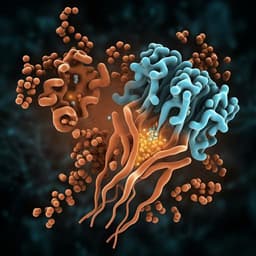
Environmental Studies and Forestry
Lead-sheathed telecom cables and historic leaded gasoline emissions substantially raise environmental lead levels in Portland, Oregon
A. E. Shiel, S. Jovan, et al.
Discover how urban moss in Portland, Oregon reveals the hidden legacy of lead contamination linked to old infrastructures and past practices. This research by Alyssa E. Shiel, Sarah Jovan, and Christina J. Murphy uncovers the lasting effects of leaded gasoline and relic telecommunication cables on our environment. Further insights are needed to understand human exposure risks.
Playback language: English
Related Publications
Explore these studies to deepen your understanding of the subject.







